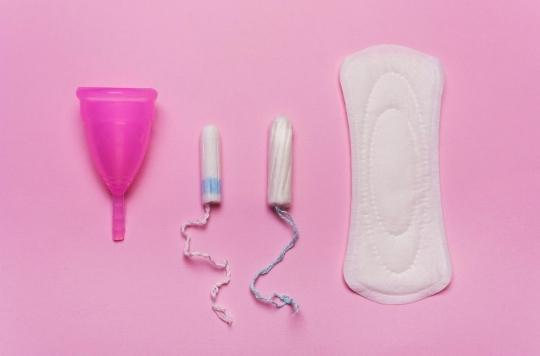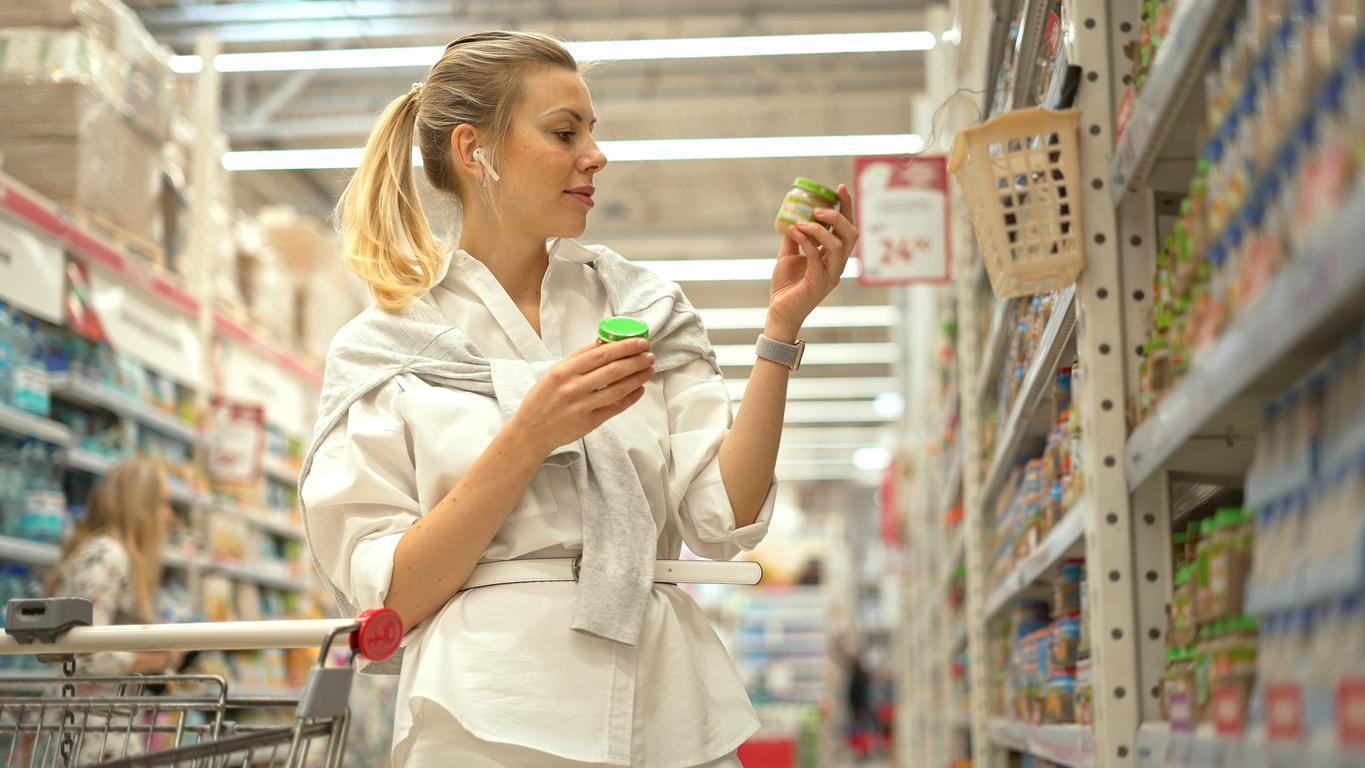ANSES unveiled Monday, January 20, the results of these new analyzes on intimate protection. Too many women are still unaware of the inherent risks of tampons or menstrual cups.

While in Belgium, a young girl died a few days ago from a toxic shock caused by a tampon, the National Agency for Food, Environmental and Occupational Health Safety (Anses ) unveiled on Monday 20 January the results of new analyzes on intimate protections. If the agency concludes that “there is no health risk in tampons, sanitary napkins and/or panty liners and menstrual cups”, it insists on the importance of respecting a few basic hygiene measures.
In March 2016, the magazine 60 million consumers had detected in intimate hygiene products, residues of toxic substances. ANSES had then been contacted in order to assess the safety of intimate protection products in terms of risks of infection, allergy or intolerance and/or linked to chemical action by skin contact as well as by contact with mucous. It therefore conducted a series of hearings with consumer and business associations, analyzed the available scientific data and carried out a survey of 1,065 menstruating women aged 13 to 50.
Result of the survey: 91% of women use external protection (towels and panty liners) and especially 13-24 year olds. Women over the age of 25 mainly use tampon-type internal protection. However, the survey highlighted a growing craze for menstrual cups. Now, 9% of respondents say they use it. This is mainly the 25-34 age group.
The danger of developing menstrual TSS increases with the duration of wearing internal protections
Above all, this survey highlighted the insufficiency of hygiene measures. Indeed, 39% of the women questioned had admitted not washing their hands before the change of intimate protection or after. Regarding the perception of risks, 81% had the idea that at least one type of protection involved risks (especially tampons) but few knew the details. Menstrual cups were seen as the least risky protection. Finally, the vast majority of respondents trusted health professionals to receive reliable information on the subject.
Another important conclusion of ANSES experts, “the main proven health risk? Associated with tampon use is the occurrence of menstrual toxic shock syndrome (TSS) due to bacterial infection (Staphylococcus aureusor Staphylococcus aureus)”. The risk of developing menstrual TSS increases with the duration of internal protection wear. Worrying when you know that 79% of respondents claim to keep their tampon all night without changing it, while nearly 30% of women do not change their menstrual cup for a whole day.
In conclusion of the report, “aNo exceedance of health thresholds has been demonstrated, by the dermal route, for these chemical substances detected or quantified in tampons, menstrual cups, sanitary napkins and/or panty liners”, notes the ANSES Committee of Specialized Experts (CES). Nevertheless, there “are other sources of exposure to these substances (environmental, food, consumer products) to which people may be exposed and which are excluded from the scope of the expertise.”
Use external protection at night
Finally, the specialists make several recommendations. Regarding manufacturers, they ask them, as in the first report of July 2018, “to improve the quality of these products in order to eliminate or reduce the presence of chemical substances as much as possible”. Fragrances, which contain potential skin risks, should for example be completely removed from the composition of intimate protection. In terms of the composition of the materials, these should be “better documented and displayed on the packaging in order to inform users.”
Regarding the use of protection, the CES “recommends improving information for women on good hygiene practices in order to reduce the risks of infection by means of institutional communication”. It is therefore necessary to raise the awareness of health professionals on the subject, in particular on TSS. Every woman should therefore be informed of the dangers of Staphylococcus aureus and know that it is essential to change her tampon or empty her cup as regularly as possible.
If it is recommended to change your tampon every four hours maximum on the boxes, no information is disclosed regarding menstrual cups. This is why the “CES recommends that each menstrual cup be systematically sold accompanied by instructions for use and hygiene recommendations (duration of wearing, washing, possible disinfection, between each use for menstrual cups, etc..)”. Finally, it is advisable to use “at night, an external protection in order to decrease the risk of developing menstrual TSS given the duration of wear.”
.

















